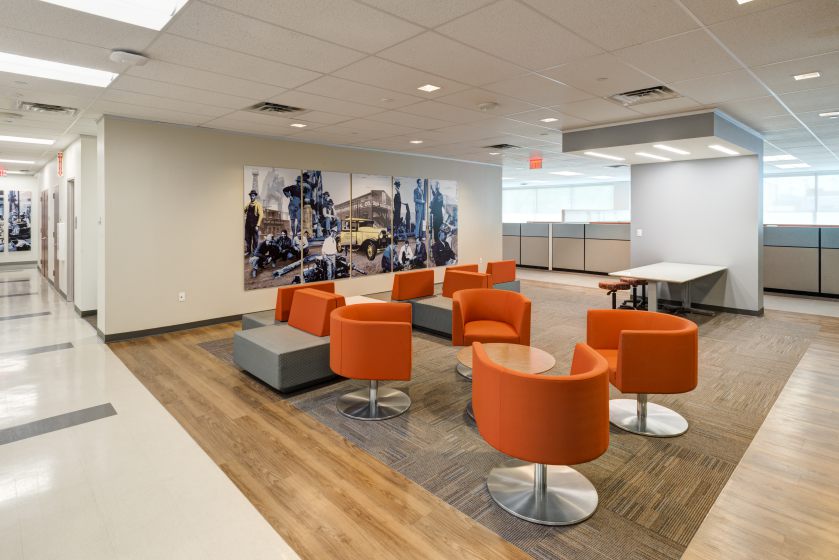Building Collaborative Workspaces
It’s no secret that the way offices work are changing. With the pandemic sending so many people to work from home, companies are learning both the benefits and the challenges that come with that. As offices begin to re-open, the landscape of the workplace is beginning to change.
When designing office spaces, it’s important to remember that there is no one-size-fits-all solution. Each company has its own culture, so while some companies may thrive with more collaboration space, others may need more emphasis on individual or huddle spaces. It is crucial to find the balance between “we” vs. “me” time.
Collaborative and Flex Spaces
While an entirely open floor plan may not be practical or possible for your company, it is extremely beneficial to create space that promotes collaboration and conversation. It’s usually an open area where there can be furniture clusters such as living room setups or big tables with plenty of chairs. These spaces allow for informal meetings or casual conversations that build connections. They also can include strategic “collision” spaces where it is natural for people to grab food or drinks and connect with others in the office in a natural way.
Huddle (or Flex) Spaces
Where collaborative spaces are a great hub of activity and creativity, huddle spaces are important for smaller, more focused conversations that are free from distractions. These rooms are where you may have screens or whiteboards in order to foster critical thinking, problem solving, and innovation, creating a specific area for various departments to come together and solve problems together in a neutral environment. Flexible seating can help these spaces move seamlessly from group sessions to solo work.
Individual Spaces
Too much common space can be a bad thing, so it’s important to have quiet, individual spaces for people to sit and do deep, concentrated work on their own. Furthermore, some people can get overwhelmed by too much time with other people, which can leave them feeling disinterested and less connected. These spaces can vary from company to company or even department to department. In some cases, personal offices are the best solution. In others, just having little pockets of quiet space or small rooms where one can duck inside to take a call are enough.




